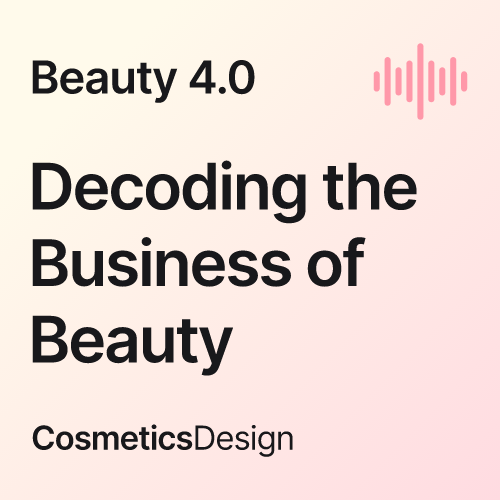Covering all bases: L’Oréal R&I Japan develops new way to evaluate foundation coverage

The research proposed HSI as a powerful tool for objective coverage assessment, surpassing the limitations of traditional colour imaging.
This technology captures the full spectrum of light, measuring the intensity of each wavelength in the visible range, enabling a more detailed and precise colour analysis.
This is unlike conventional imaging technology, which measures the brightness of red, blue, and green components of each pixel.
The team used two parameters to determine coverage.
The first was the homogeneity factor (αHF) measures colour uniformity after application. The higher the αHF value indicates greater homogeneity.
The next was the spectral shift factor (βSF), which measures the colour change after application.
The study found that αHF correlates with the sensory ranking of coverage, while βSF correlates with the visible colour change induced by the product.
Through this, it was able to map out three categories: high, medium, and low coverage.
Defining coverage
One major challenge of developing a way to measure coverage is the subjective perception of coverage.
According to the research, foundation coverage is a perceived attribute that cannot be measured by a single optical property.
It is influenced by a variety of factors, including colour change, homogeneity, evenness, and ability to cover blemishes.
“In this study we have started unravelling the complex topic of makeup coverage. In the fullest sense, coverage is a perceived attribute, but from a purely optical perspective, we expect that the perception of coverage for makeup products comes from the colour change caused by the product, the change in colour homogeneity and evenness over the face after application, and the ability of the product to hide spots and other blemishes.”
At present, expert evaluation is the standard for evaluating makeup coverage, but it is not repeatable or reliable, said the study.
“To date, makeup coverage is generally ranked by expert sensory evaluation, which works well when product differences are large, and it is sufficient to test only one or two products on a small number of models.”
Limitations
The proposed method, while promising, requires further refinement to account for individual skin tone, shade matching, and texture.
“We find that, when averaged over all models, the sensory coverage evaluation correlates well with the change in spectral homogeneity after application, parameterized by αHFαHF. On a model-to-model basis the effect is more varied, however, and it is therefore worth looking at the results for each model.”
The researchers noted that guture research should focus on developing a comprehensive coverage assessment system that incorporates these factors.
“As a next step in understanding this, we propose to assign each model a skin tone classification according to their average skin colour, and look at the homogeneity effect vs. skin tone vs. product shade. If we indeed see a relationship between the model’s skin-tone and the homogeneity effect, then this has clear implications for the design of future tests.”
Frontiers in Chemistry
A new method for the evaluation of makeup coverage using hyperspectral imaging
Authors: Carl Blaksley, Kumiko Udodaira, Alexandre Nicolas, Marco Casolino
doi: 10.3389/fchem.2024.1400796
















